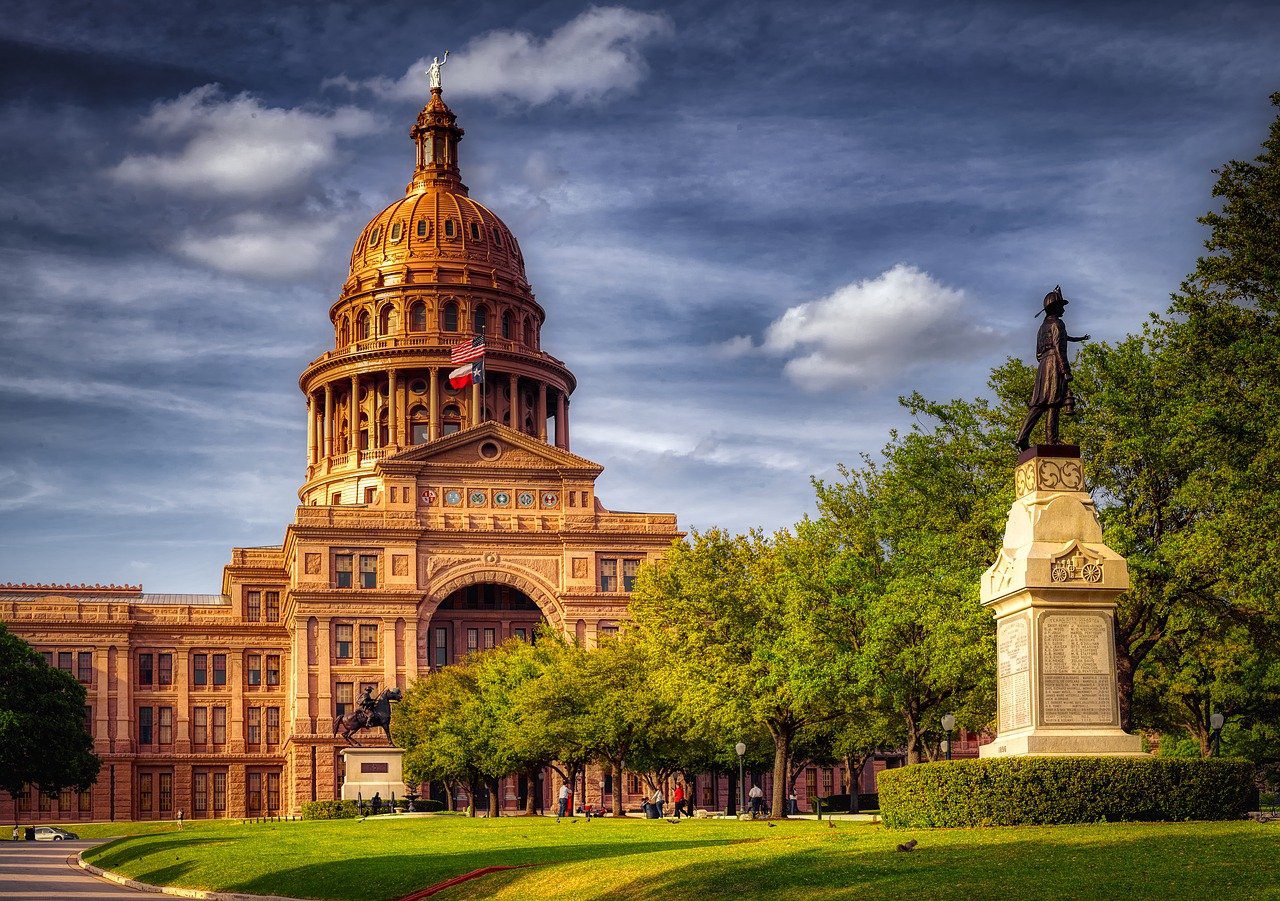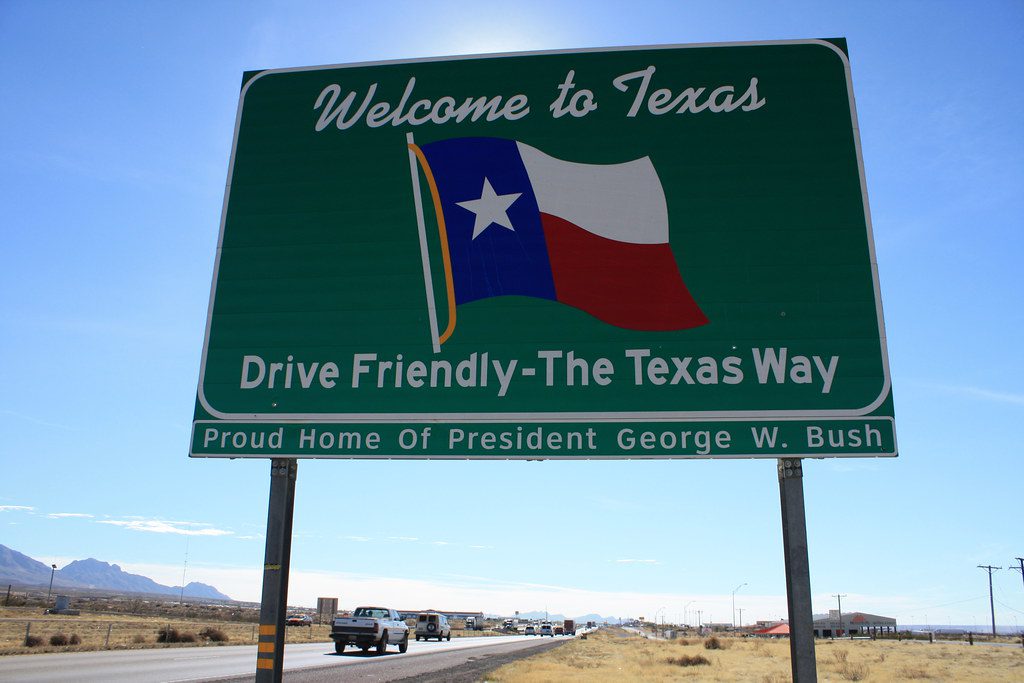A congress of Texians and Tejanos convened at Washington-on-the-Brazos during the Texas Revolution and declared Texas’ independence from Mexico, and they became known as Texans. The delegates elected David Burnet as interim president and confirmed Sam Houston as commander-in-chief of all Texas armies.
In addition, the Texans adopted a constitution that guaranteed the unrestricted practice of slavery, which had previously been banned by Mexican law. In the meantime, in San Antonio, the Alamo was still under siege by Mexican General Antonio de Santa Anna, and the fort’s defenders awaited the last Mexican attack.

Santa Anna ordered his troops to invade the Alamo on March 6. The first and second Mexican charges were defeated by Travis’ artillery, but the Texans were overpowered in less than an hour, and the Alamo was seized. All of the Texan and American defenders were murdered in fierce hand-to-hand combat when Santa Anna instructed that no prisoners should be taken. The Alamo’s only survivors were a small group of civilians, chiefly women and children. During the siege and storming of the Alamo, hundreds of Santa Anna’s soldiers died.
Six weeks later, at San Jacinto, a huge Texan army led by Houston surprised Santa Anna’s forces. The Texans overpowered the Mexicans and took Santa Anna. The dictator was forced to acknowledge Texas’ independence and withdraw his troops south of the Rio Grande. Nine years after the Texas Declaration of Independence was written, the Republic of Texas was annexed to the United States by the collective agreement of the United States Congress.
On December 29, 1845, the United States Congress officially recognized Texas as a member of the Union. Sam Houston Day and Texas Flag Day are also celebrated on March 2, albeit they are not legal holidays.
According to nationaltoday.com; en.wikipedia.org








